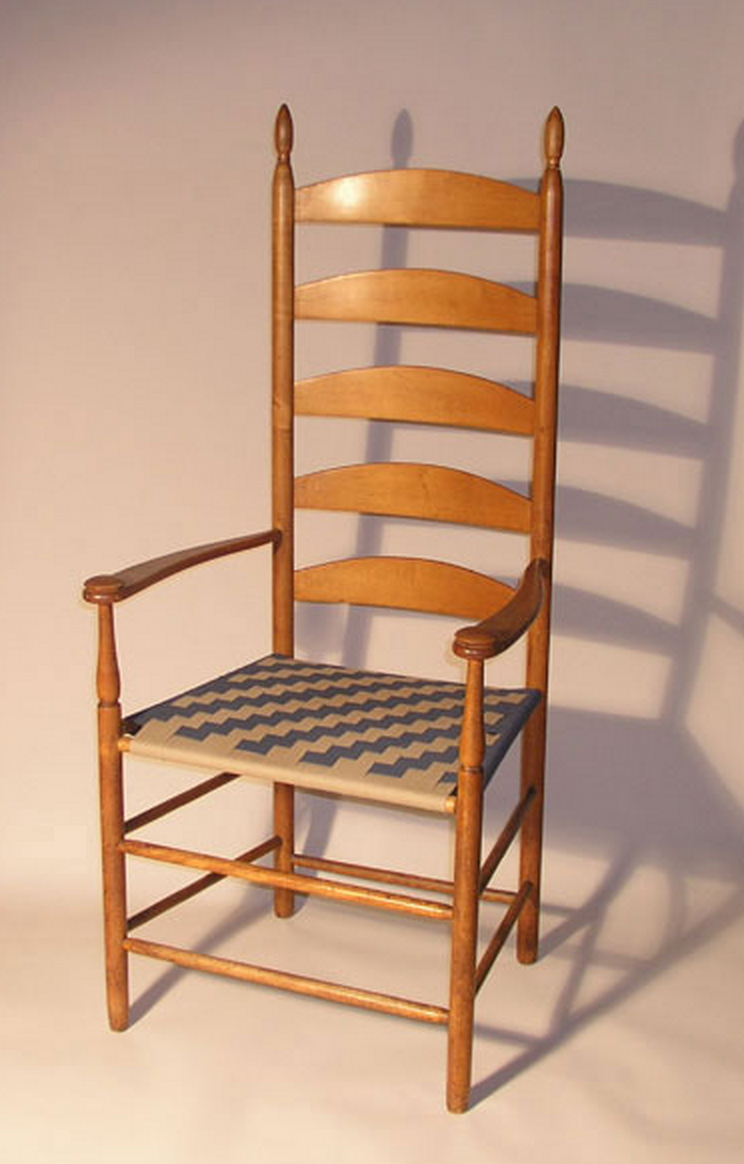Yakisugi is the traditional Japanese technique of burning the surface of wood to make it more resistant to weather and insects. Before modern industrial methods, this was achieved by briefly aligning wood planks in a triangular chimney above a small fire. Once removed, the planks of wood were extinguished, scrubbed clean and then sealed with tung oil. This very sustainable, no-VOC method of finishing timber has recently increased in popularity among architects and designers for both its aesthetics and its green nature. Today the process is typically executed with a propane torch as shown in this video
Japanese technique of preserving/antiquing wood "Shou-sugi-ban Yakisugi 焼き杉". The oil used for final finish is tung oil.
Detail of Shou Sugi ban wood planks
In addition to the enhanced material longevity the process reveals the natural variations of the wood, adding depth to wood grain and increasing contrast around knots and other density changes.
Shou sugi ban house, Image via Architizer


















